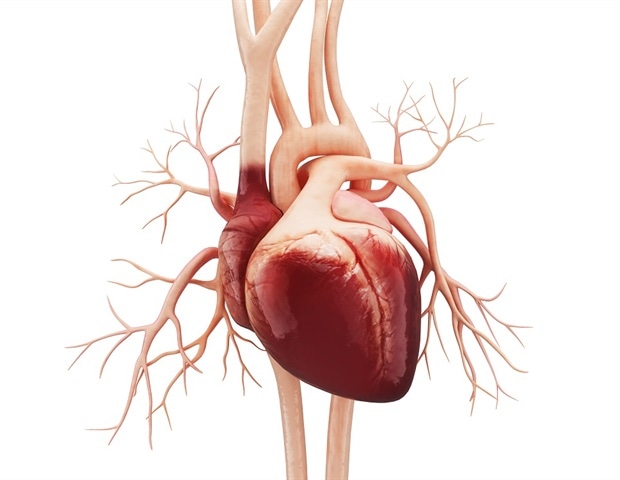In a current examine printed in The New England Journal of Medication, researchers evaluated the security, immunogenicity, and efficacy of the messenger ribonucleic acid (mRNA)-1273 vaccine in children.

Background
Like adults, coronavirus illness 2019 (COVID-19) has disrupted the lives of children, affecting their tutorial life and total well-being. Furthermore, extreme acute respiratory syndrome coronavirus 2 (SARS-CoV-2) an infection may cause a multisystem inflammatory syndrome in children (MIS-C), necessitating safety through vaccination. Subsequently, the US Meals and Drug Administration (FDA) not too long ago issued provisional emergency use authorization (EUA) for the mRNA-1273 vaccine for children in international locations exterior the US.
About the examine
The present part II-III medical trial examine, termed the KIDCove trial, was accomplished in two elements. Half one of the trial was open-label for dose choice, whereas half two was a blinded, placebo trial evaluating the growth of the chosen dose.
Based mostly on the security and immunogenicity outcomes of half 1 of the trial, researchers chosen the 50-μg dosage degree for half 2. Subsequent, they randomly assigned 4016 eligible children in a ratio of 3:1 utilizing a centralized interactive response expertise system. These children acquired two doses of mRNA-1273 vaccine or placebo of 50 μg every at an interval of 28 days. The crew then adopted for 82 days on common after the first injection.
There have been three age-based cohorts of the children taking part in the trial – 6 months to 23 months, two to 5 years, and six to 11 years. These children had been enrolled at 79 websites in the US and eight websites in Canada. Since the examine inhabitants was so numerous, the outcomes of this huge trial might be generalized to numerous populations of children.
The researchers generated the security profile of the mRNA1273 vaccine in children in comparison with younger adults taking part in a associated part III medical trial. Extra particularly, they ascertained that the elicited immune response in children was corresponding to adults and not inferior.
Examine findings
The authors famous solely low-grade, transient adversarial occasions in 4016 children who acquired a 50-μg dose. These adversarial occasions generally included injection-site ache, headache, and fatigue. By the deadline of the current trial, the authors noticed no vaccine-related critical adversarial occasions in children. There have been no indicators of MIS-C, myocarditis, or pericarditis.
In comparison with younger adults who acquired a 100-μg dosage of the mRNA-1273 vaccine, children receiving a 50-μg dosage had increased neutralizing antibody (nAb) titers. The nAB titers in children vs. younger adults had been 1610 and 1300, respectively, publish one month of receiving the second dose, i.e., day 57. Furthermore, the magnitude of the geometric imply titer (GMT) of nAbs at day 57 nicely correlated with a 69% decreased COVID-19 danger in the COVE trial. Moreover, 99% of each age group contributors confirmed serologic responses, pointing to the success of the pre-specified non-inferiority criterion.
It’s noteworthy that towards any incidence of COVID-19 inside 14 days publish first vaccine dose, first injection, the vaccine efficacy was 88.0%, in response to the Facilities for Illness Management and Prevention (CDC) definition. This examine statement corresponds to the time when SARS-CoV-2 Delta (B.1.617.2) variant was dominant in the US.
Conclusions
The current examine introduced the interim outcomes of the ongoing KidCOVE trial. The findings demonstrated {that a} 50-μg dose degree of the mRNA-1273 vaccine supplied a protecting profit in children aged six to 11 years towards SARS-CoV-2 and its variants starting 14 days after the first injection. Moreover, it had an appropriate security profile and excessive efficacy.
Journal reference:
- Analysis of mRNA-1273 Covid-19 Vaccine in Children 6 to 11 Years of Age, C. Buddy Creech, Evan Anderson, Vladimir Berthaud, Inci Yildirim, Andrew M. Atz, Ivan Melendez Baez, Daniel Finkelstein, Paul Pickrell, Judith Kirstein, Clifford Yut, Ronald Blair, Robert A. Clifford, et al.. The New England Journal of Medication. doi: 10.1056/NEJMoa2203315 https://www.nejm.org/doi/full/10.1056/NEJMoa2203315







